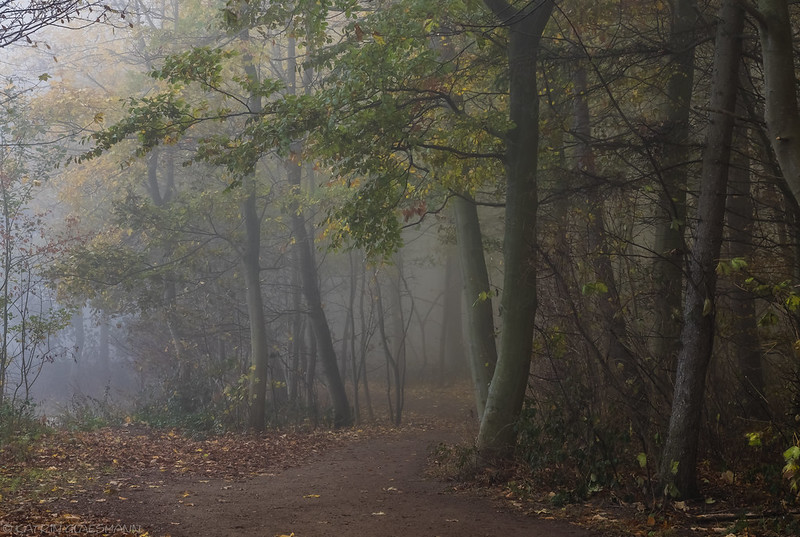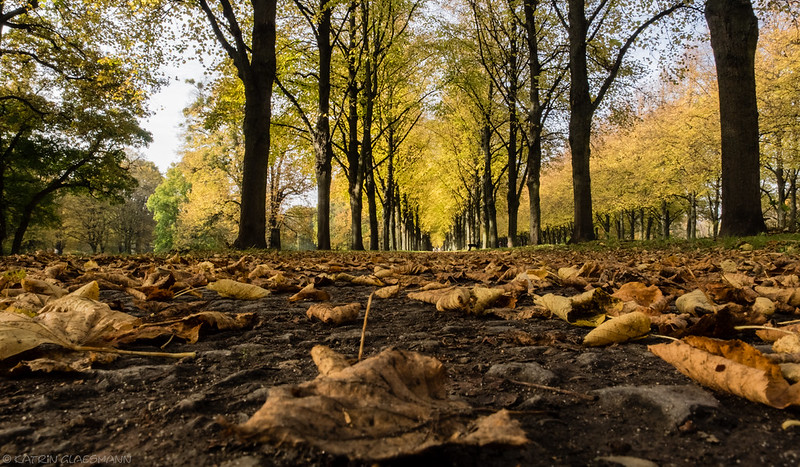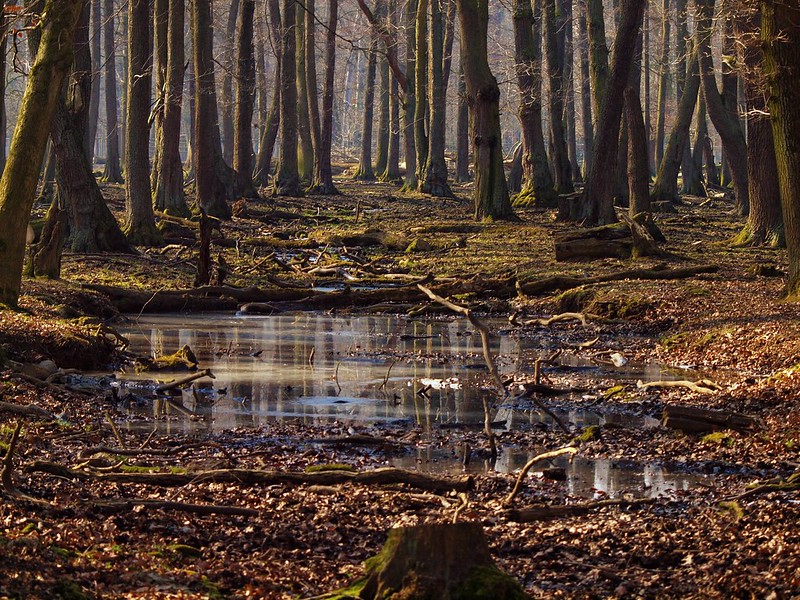It is Mental Health Awareness Week, and this year’s theme is Nature. With Lost Wor(l)ds efforts to raising awareness about the links between language and identity, and our focus on nature and sustainability, you won’t be surprised that we feel very connected to this particular week. We have planned a series of three blog posts, with the first one today telling you all about…forest bathing, and an activity that can help children (and adults) explore the world around them with all their senses.
If you go out in the woods today, you’re in for…an opportunity to recharge your mental batteries, to find some peace (yes, probably even if you do go with kids). And in Japanese, there is a word for it – shinrin-yoku (森林浴), literally “forest bath”, the concept of consciously emerging yourself in the woods (some of us might have to turn to parks rather than forests, but that’s okay).

Shinrin-yoku is a kind of mindfulness, leaving phone and other distractions behind (or at least switching them off), and taking time to explore with all the senses. In Japan, several forests are officially designated as shinrin-yoku forests.
Children can practise shinrin-yoku just as much as adults, maybe with some slight adaptations, and a little help with mindfulness: as you enter the forest, decide on a woodland creature – a squirrel, a deer, a fox, dormouse, pine marten, or even a wild boar, or an ant. Use your senses to explore how the creature would experience the forest – stay very calm to help animals around you get used to you, so you can try and hear the forest without human interference. Consider the size of your creature, and how it sees the world. Get your eyes to that level, and get up close and personal with nature around you. What do you see?

Imagine trails of other animals running through the forest, consider who else might live there – is your creature predator or prey, or both? Use your hands to explore leaves and bark – no need to remove anything from trees or bushes. Consider textures of leaves – smooth, leathery, soft, dry and crinkly? Move through the forest as the animal would, paying attention to sound (if you are a squirrel or other climbing creature, move very carefully, and maybe consider carefully before choosing a beaver or other water-loving creature!!!). Smell the air, stick your nose into the bark of a tree, close to the ground, or against the greenery you can see. When we walk in the forest, we often can smell it, but not all parts of forest smell the same.

Take your time to come back from your multisensory exploration – get your eyes back to your level, take some deep breaths, and enjoy the newfound in-depth knowledge of the world around you.
Enjoyed your forest bath and animal exploration? Our “Creature Feature” activity asks children to consider the five senses of a creature, and create a poem or quiz in relation to it. Your forest exploration will have been the perfect preparation for it!
(NB: For those wanting to look into the science and research behind shinrin-yoku, this open access systematic review explores and compares some of the research to date.)
